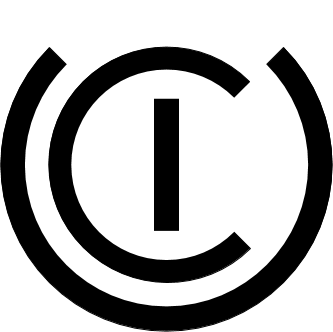![[cover1]](https://www.unicode.org/announcements/u14call/annc-v13-cover-huijun-shan.jpg) The Unicode Consortium is inviting artists and designers
to submit cover design proposals for Version 14.0 of The
Unicode Standard, scheduled for publications in September 2021.
The Unicode Consortium is inviting artists and designers
to submit cover design proposals for Version 14.0 of The
Unicode Standard, scheduled for publications in September 2021.The selected cover design will appear on the Unicode Standard 14.0 web pages, in the print-on-demand publications, and in associated promotional literature on the Unicode website. The artist whose design is selected for the cover will receive full credit in the colophon of the publication for which the art is used, and wherever else the design appears, and will receive $700. Two selected runner-up artists will receive $150 apiece.
Please see the announcement web page for requirements and more details.

![[hands image]](https://www.unicode.org/announcements/hands-waving-annc.png)
![[badge]](https://www.unicode.org/announcements/ynh-infinity.png)
 Unicode® ICU 69 has just been released. ICU 69 incorporates updates
to
Unicode® ICU 69 has just been released. ICU 69 incorporates updates
to ![[crane image]](https://www.unicode.org/announcements/cldr-39-annc-crane.png)


